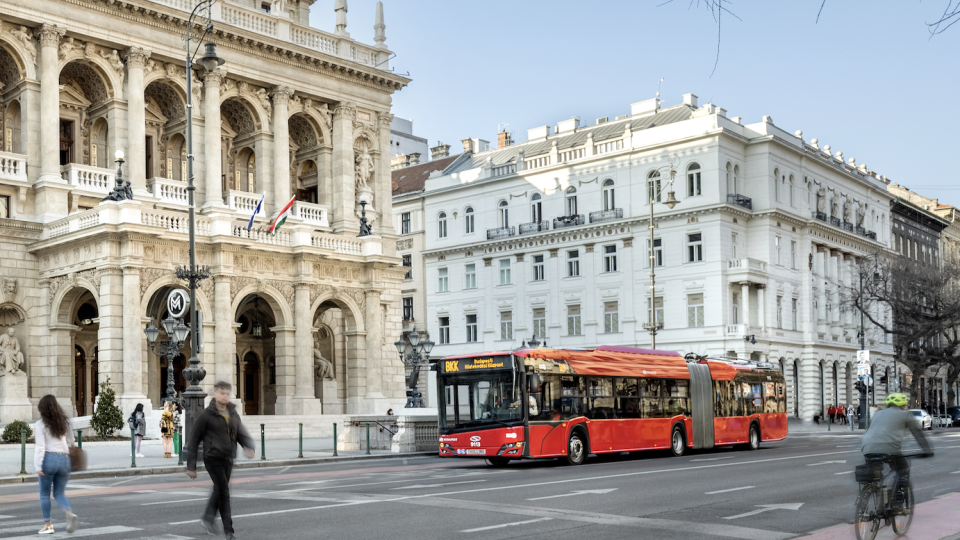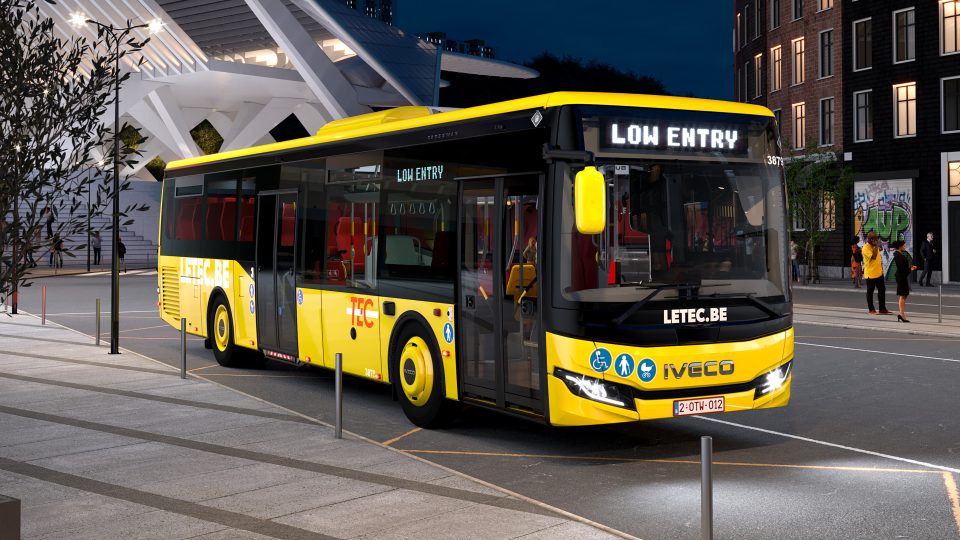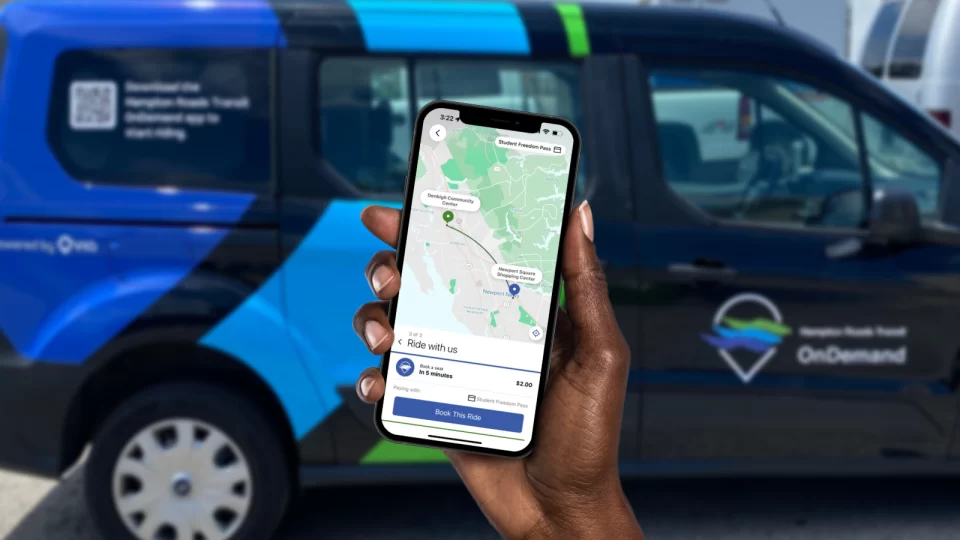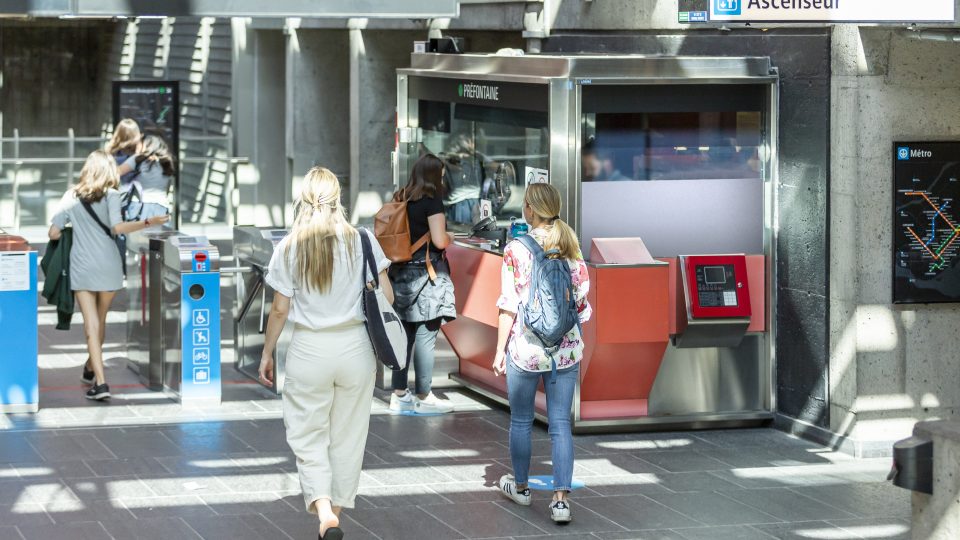The business model of public transport should change accordingly with new challenges, UITP says
The just-released UITP’s Knowledge Brief “What does ‘New normal mobility’ look like?” is an interesting read. It portrays the current situation, provides a comprehensive overview of data from public transport networks in various regions of the world, synthesizes conclusions not that easy to ‘digest’, and proposes solutions. Starting from a quite clear argument: “While the […]

The just-released UITP’s Knowledge Brief “What does ‘New normal mobility’ look like?” is an interesting read. It portrays the current situation, provides a comprehensive overview of data from public transport networks in various regions of the world, synthesizes conclusions not that easy to ‘digest’, and proposes solutions.
Starting from a quite clear argument: “While the immediate recovery from the pandemic was relatively quick, the social changes the pandemic brought about will depress revenues into the medium and long-term. This loss of revenues comes at a time when capital investment requirements to meet the growing environmental challenge – including enhancements to encourage modal shift and the decarbonisation of the bus sector – are high. We can expect the budget gap to become larger, meaning new solutions are necessary”.
Crisis, revenues, investments in UITP’s Knowledge Brief
Figures of the crisis?
- 90%: global public transport ridership reached in end 2022 compared to 2019
- 87%: revenue collection in 2022 compared to 2019
- €150 billion per year: estimated requirement of capital expenditure for network development, energy transition and electrification, customer experience improvements
Remote working changes patterns of mobility. How?
- The Washington Metropolitan Area Transit Authority, MTA New York, and New Jersey Transit have experienced commuter rail ridership levels in 2022 ranging from 45% to 65% of pre-COVID-19 levels
- In Paris, due to an average of 2.5 home-working days per week in office jobs, between 40 to 60% of commuting trips have disappeared
- In Cordoba, Argentina, despite population growth from 1.6 million to 1.8 million, the total number of public transport trips has declined.
UITP proposes a look at operators’ balance sheet: “Île-de-France Mobilités closed the year 2022 with an-almost €1 billion deficit in its operating budget”, just to make an example. At a wider look, “a survey of 71 UITP members in 2022 showed that 50% of respondents declared losses ranging from 10-30% compared with pre-COVID-19 levels (…) At the time of writing of this Knowledge Brief, no metropolitan network has been able to sustainably maintain this level on a permanent basis”.
What is more, “The 71-UITP Member survey indicated that respondents across regions have reduced investments to adapt to new realities, with only 44% maintaining previous investments in the event that supra-local grants become available. This means that by 2025 – if the current situation is sustained – the industry will have already accumulated billions in investment deficits”.
Investment in public transportation is worthwhile
UITP highlights in the Knowledge Brief that “Urban and public transport services in Europe make a significant economic contribution, amounting to €130-€150 billion annually, which is equivalent to 1.0-1.2% of GDP. Moreover, the economic benefits derived from public transport surpass the initial investment by a factor of five. Local studies have revealed that for every €1 invested in public transport, 75% of the amount remains within the region where the service operates”.
Ways out?
We just summarize a few of the ideas provided in UITP paper:
- Reducing fares or implementing a free-fare transit system may not be a cost-effective way to achieve permanent changes in demand.
- “More than any other, our industry could make a case for carbon financing. Public transport is single-handedly the largest single lever that urban decision-makers can activate to reduce urban CO2 production through modal shift from private cars. Even if these cars are electric, they still consume more resources per passenger than shared mobility. Zero-emission, sustainable accessibility generates value for all and should be financed”.
- In Bogota, property owners contribute a portion of any increase in property prices resulting from public investment in the area back to the local government. An interesting model to be applied elsewhere
- Public transport tariffication should be based on accessibility and ability to pay. Differentiated tariffication by network entry point and implementing pay-as-you-go and unlimited consumption options based on household income could help achieve this.
Bottom line? “The industry should not stand still and await external funding. There are opportunities for changing the revenue and cost sides of the business model that will make public transport as efficient as possible”.









